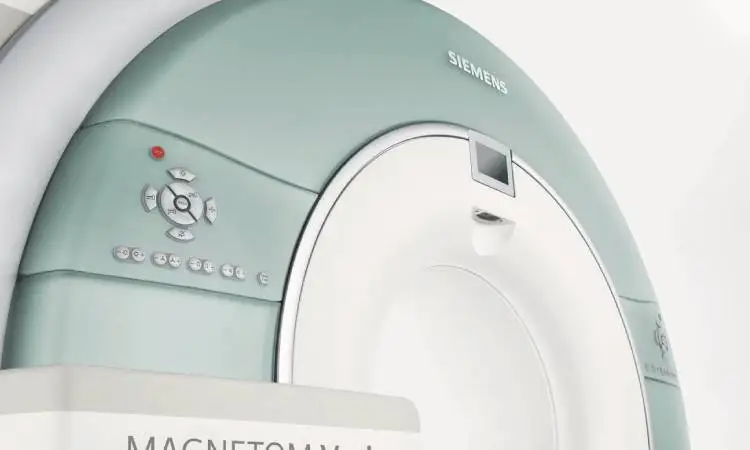Revolutionizing Medical Diagnosis: The Power of 3T MRI for Unparalleled Precision
In the realm of medical diagnostics, breakthroughs in technology are continuously reshaping the landscape, enabling healthcare professionals to explore the human body with unprecedented clarity and accuracy. One such remarkable innovation that has garnered immense attention is the 3T MRI scanner. In this blog post, we delve into the world of 3T MRI as a cutting-edge tool for accurate diagnosis, redefining healthcare standards and offering a new age of precision.
Unveiling the 3T MRI Scanner:
Magnetic Resonance Imaging (MRI) has long been a cornerstone of non-invasive diagnostic imaging. The introduction of 3T MRI scanners takes this technology to new heights, elevating the quality of images and expanding the diagnostic possibilities. “3T” refers to the strength of the magnetic field generated by the machine, with “T” standing for Tesla. In comparison to traditional 1.5T MRI machines, the higher magnetic field strength of 3T machines enhances signal and contrast, resulting in remarkably detailed images that were previously unattainable.
The Unparalleled Precision:
Sharper Images, Enhanced Detail: The increased magnetic field strength of 3T MRI provides a substantial boost to image resolution. This enables healthcare professionals to visualize even the smallest structures within the body with exceptional clarity, allowing for accurate identification of anomalies and abnormalities.
Enhanced Contrast: The heightened signal-to-noise ratio in 3T MRI leads to superior contrast in images. This is particularly advantageous when distinguishing between different tissue types, such as identifying minute differences between healthy and diseased tissues.
Functional Imaging: 3T MRI isn’t limited to static images; it can capture dynamic processes within the body. Functional MRI (fMRI) studies, which track changes in blood flow and oxygenation, allow for detailed mapping of brain activity, aiding in the assessment of neurological disorders.
Advanced Angiography: The improved spatial resolution of 3T MRI makes it a valuable tool for angiography – visualizing blood vessels. This is crucial in diagnosing cardiovascular conditions, enabling precise planning for interventions like stent placement.
Aiding in Complex Diagnoses:
The increased precision of 3T MRI extends its application to a wide array of medical specialties. From neurology to orthopedics, oncology to cardiology, the technology’s ability to reveal minute details empowers physicians to make more accurate diagnoses. This, in turn, translates to better treatment planning, improved patient outcomes, and reduced need for invasive procedures for further diagnosis.
Reducing the Need for Multiple Scans:
The exquisite image quality of 3T MRI often eliminates the need for additional imaging modalities or follow-up scans. This not only saves time but also reduces patient discomfort and radiation exposure, aligning with the principles of patient-centered care.
The Future of Medical Diagnostics:
As technology continues to advance, the capabilities of 3T MRI are poised to expand further. Ongoing research and development aim to refine the technology, making it even more accessible and valuable for healthcare providers and patients alike.
conclusion
3T MRI stands as a beacon of the new age in medical diagnostics. Its unparalleled precision, advanced imaging capabilities, and potential to transform complex diagnoses make it an invaluable asset in modern healthcare. The fusion of technology and medical expertise continues to push the boundaries of what is possible, and 3T MRI stands at the forefront of this revolution, providing a window into the human body that was previously unimaginable.
